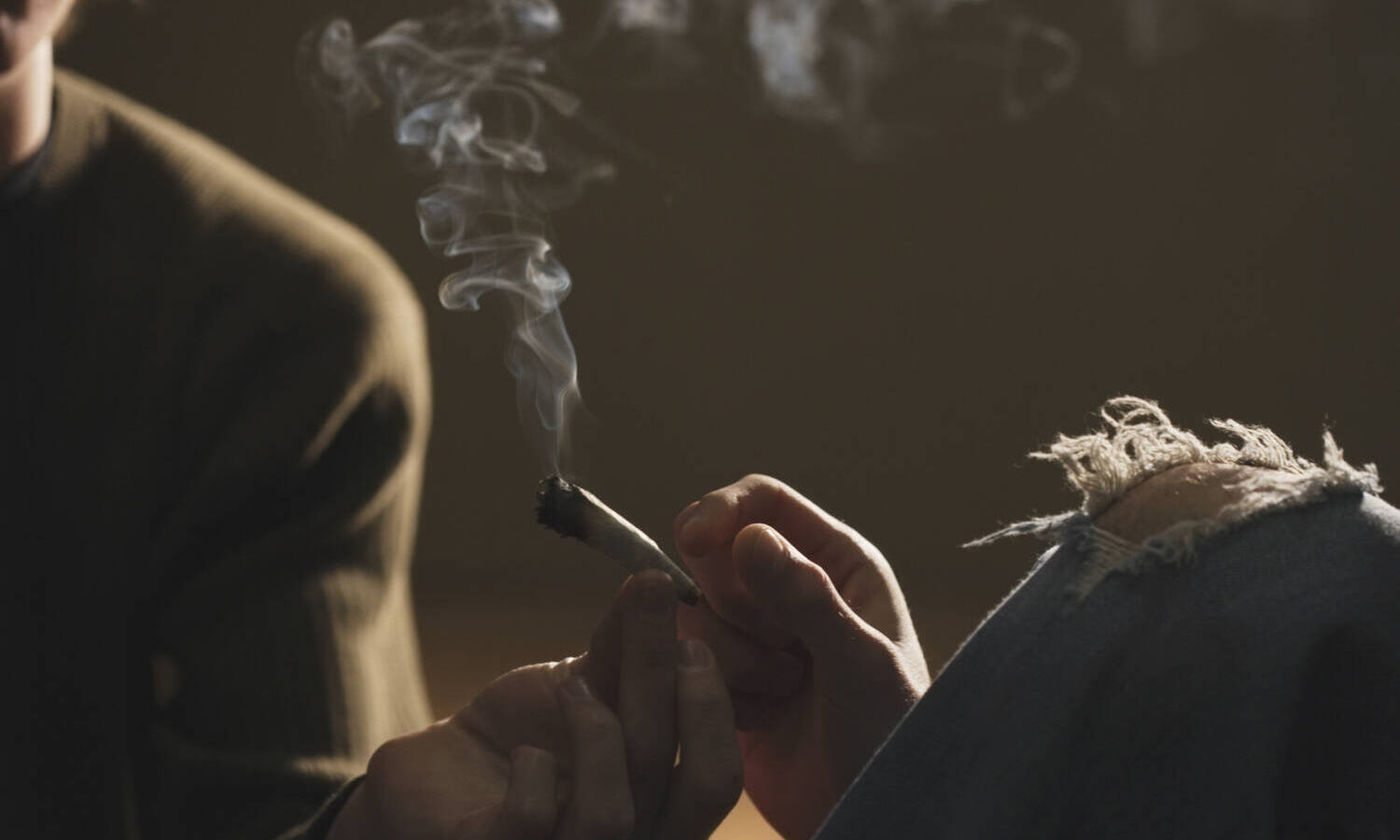In order to find the solution, you need to first identify the problem. Unfortunately, the author of a new USA Today article only managed to identify a symptom of the problem, and failed to see the root of the problem.
It seems that every other week I’m here needing to cannasplain to people who have no idea about cannabis, potency, or any subjective experience with any real drug usage. Recently, USA Today opinion contributor Peg O’Connor wrote an article titled, “Not your grandma’s weed: Why potency limits must be part of any push to legalize cannabis.”
As one would expect, this article is riddled with assumptions, erroneous data, and faulty conclusions. It is my duty as a defendant of sanity to dismantle this hit piece by Peg and teach her the errors of her ways. Let’s jump into it!
The Three Assumptions
Peg starts off by telling us how cannabis has transformed in the public eye and claims that “no drug” had undergone such a transformation. But I’d like to point out that “alcohol” is a drug that had undergone such a transformation not even a hundred years earlier.
There was a time when alcohol was illegal in the United States mainly due to a puritanical movement spearheaded by women – but once prohibition stepped in and regulations went out the door — bootleg liquor became a dangerous thing. In fact, it because so dangerous that it was women who fought to legalize alcohol again. In many cases, the same women who fought to prohibit it years earlier!
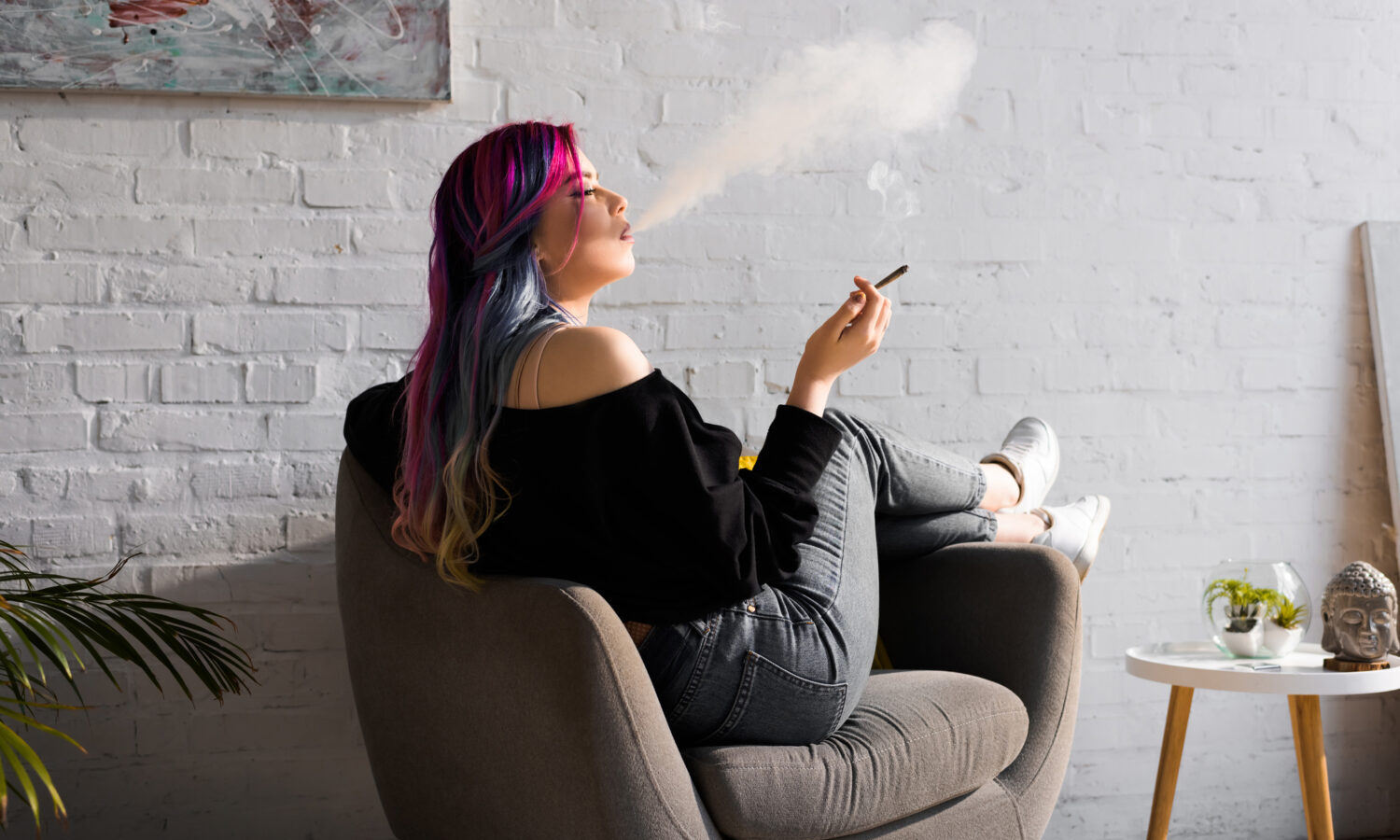
Therefore, right off the bat we know that Peg’s knowledge of drug history is probably weak and that she’d be drawing all her data from official sources.
RELATED: How Many Types Of THC Are On The Market — And Which One Is Strongest?
Nonetheless, she argues that there are three main reasons why legalization has happened at such a scale:
- Based on anecdotal evidence with moving testimony by patients and their families, state legislators became convinced of marijuana’s salutary effects. The federal government had instituted a near-categorical prohibition on marijuana research, so the absence of studies helped the case for medical marijuana because of limited evidence about whether it was harmful.
- Marijuana has enjoyed a reputation of being harmless. Many assume that marijuana is not addictive like drugs that have been culturally and morally coded as “bad” or “dangerous,” such as heroin or methamphetamine.
- Many recognize that the Controlled Substances Act and its enforcement through the war on drugs were conceived and implemented in racialized and racist ways. There’s no denying the fact that Black Americans have been disproportionately arrested, charged, convicted and sentenced for drug crimes.
According to Peg, these were the only reasons why or at the very least, the “main reasons” why people wanted to opt out of cannabis prohibition.
Before we continue, allow me to clarify.
- There are and were more than anecdotal evidence to support cannabis legalization. In fact, while most of the studies on cannabis was commissioned to find its “negative effects”, that research also revealed plenty of medical bonuses. For example, we’ve known that cannabinoids had anti-cancer properties for many decades now. We also knew that cannabis helped stimulate the appetite of patients who were going through chemo. We also knew from studies that it helped against Wasting Syndrome, a side effect from HIV/AIDS. The fact of the matter is that there were many studies that illustrated the medical benefits of cannabis despite the obvious attempt to smear it with scientific literature.
- Marijuana is “less harmful” than the vast majority of legal drugs on the market. This is the argument, not that it’s “harmless”. Hell, even drinking water in excess isn’t “harmless”, so why would one think that cannabis is the exception. It’s certainly NOT as addictive as heroin or meth and has a far lower physical effect on the users. For example, one can abuse an ounce of cannabis per day for the next 80 years and have minimal physical side effects compared to abusing a bottle of Jack Daniels daily. You’d probably not make it past 50-years old in the latter. Once again, this is an assumption from the prohibition camp – not cannabis users.
- I agree, the CSA is racist, but more importantly, it is a document that gave the pharmaceutical community a monopoly over all the drugs on the planet and then gave them the police to be their enforcers. They are essentially “legal drug lords” and the state is its “arm of enforcement” which all was dreamt up by Nixon in the 1970s.
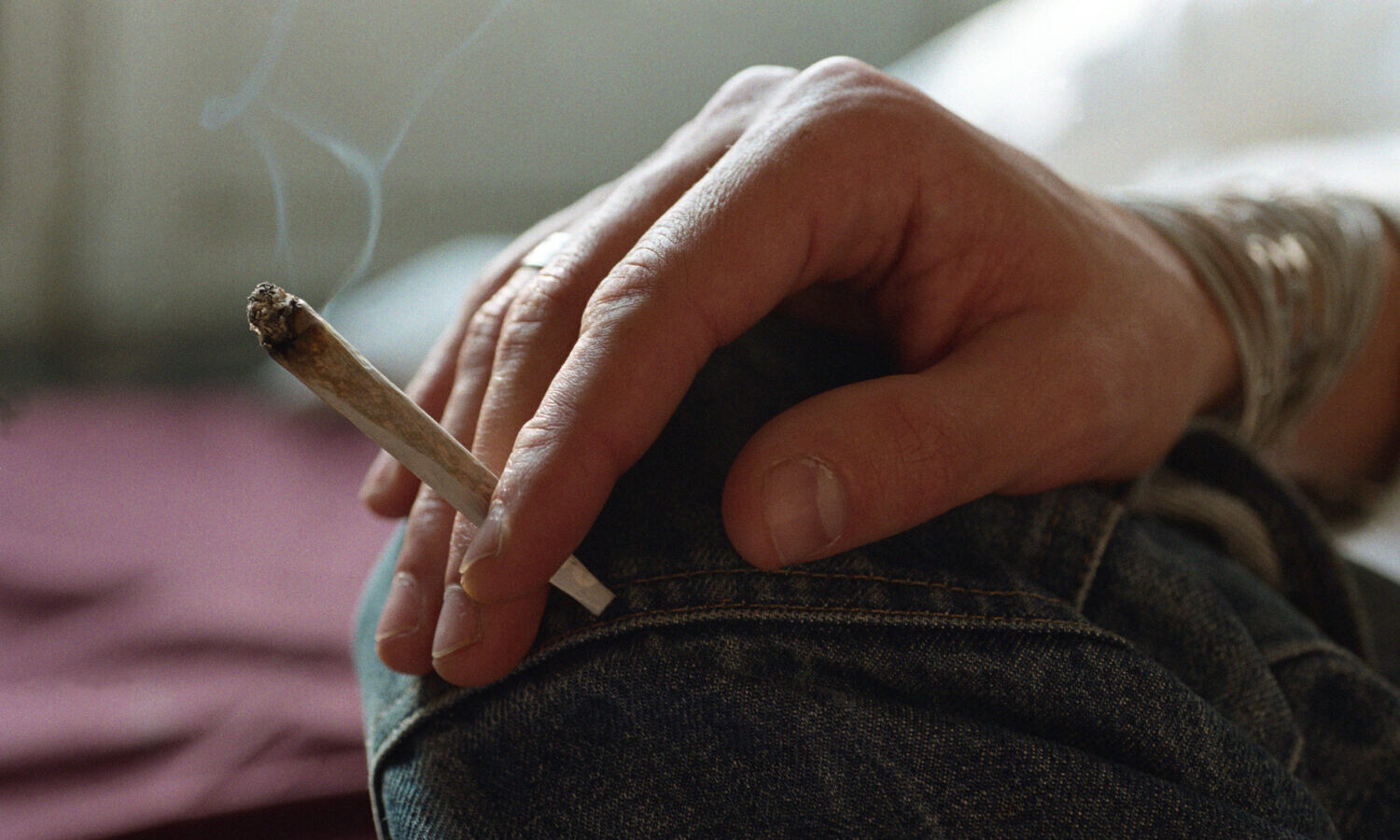
Now that we have cleared the three assumptions, we see what Peg has to say about legalization:
I am in favor of the provisions that would establish a trust fund for communities impacted by the war on drugs and an expungement process for individuals with marijuana convictions. I have deep reservations, however, about the push to decriminalize cannabis without restrictions on the potency of the products.
Obviously, within a regulated market there would be certain “norms” to follow, however to restrict potency on cannabis would do nothing to stop the flow of high potency cannabis. The past 80-years of prohibition has taught us as much. Therefore, creating a trust fund (social justice) does nothing to undo the damage of the drug war. Only by removing those laws do you decentralize the power and remove the enforcement wing of the pharmaceutical industry to go after brown-skinned people.
Making Comparisons to the Tobacco Industry
Something that I hear a lot from prohibitionists is that they compare cannabis to tobacco. While both are plants, the process of each crop is widely different. Tobacco gets sprayed with fertilizers and contain more than 7000 chemicals with 69 of them known to be causing cancer.
Cannabis on the other hand, have strict limits on the type fertilizers used and while burning any plant material does generate carcinogens, the cannabinoids in cannabis essentially “deactivates” the receptors in the body of these carcinogens. It’s why there are not many cases of lung cancer with cannabis smokers.
This could be the potential reason. According to a study published in the Harm Reduction Journal:
Smoke from tobacco and cannabis contains many of the same carcinogens and tumor promoters. However, cannabis and tobacco have additional pharmacological activities, both receptor-dependent and independent, that result in different biological endpoints. Polycyclic aromatic hydrocarbons found in smoke are pro-carcinogens that are converted to carcinogens by the enzymatic activity of the cytochrome P4501A1 oxidase protein (CYP1A1 gene product). Benzo [a] pyrene is converted to its carcinogenic metabolite diol epoxide, which binds to specific hyper-mutable nucleotide sequences in the K-ras oncogene and p53 tumor suppressor.
Recent work by Roth et al. demonstrates that THC treatment of murine hepatoma cells caused a dose dependent increase in CYP1A1 gene transcription, while at the same time directly inhibiting the enzymatic activity of the gene product. Thus, despite potentially higher levels of polycyclic aromatic hydrocarbons found in cannabis smoke compared to tobacco smoke (dependent on what part of the plant is smoked), the THC present in cannabis smoke should exert a protective effect against pro-carcinogens that require activation. In contrast, nicotine activates some CYP1A1 activities, thus potentially increasing the carcinogenic effects of tobacco smoke.
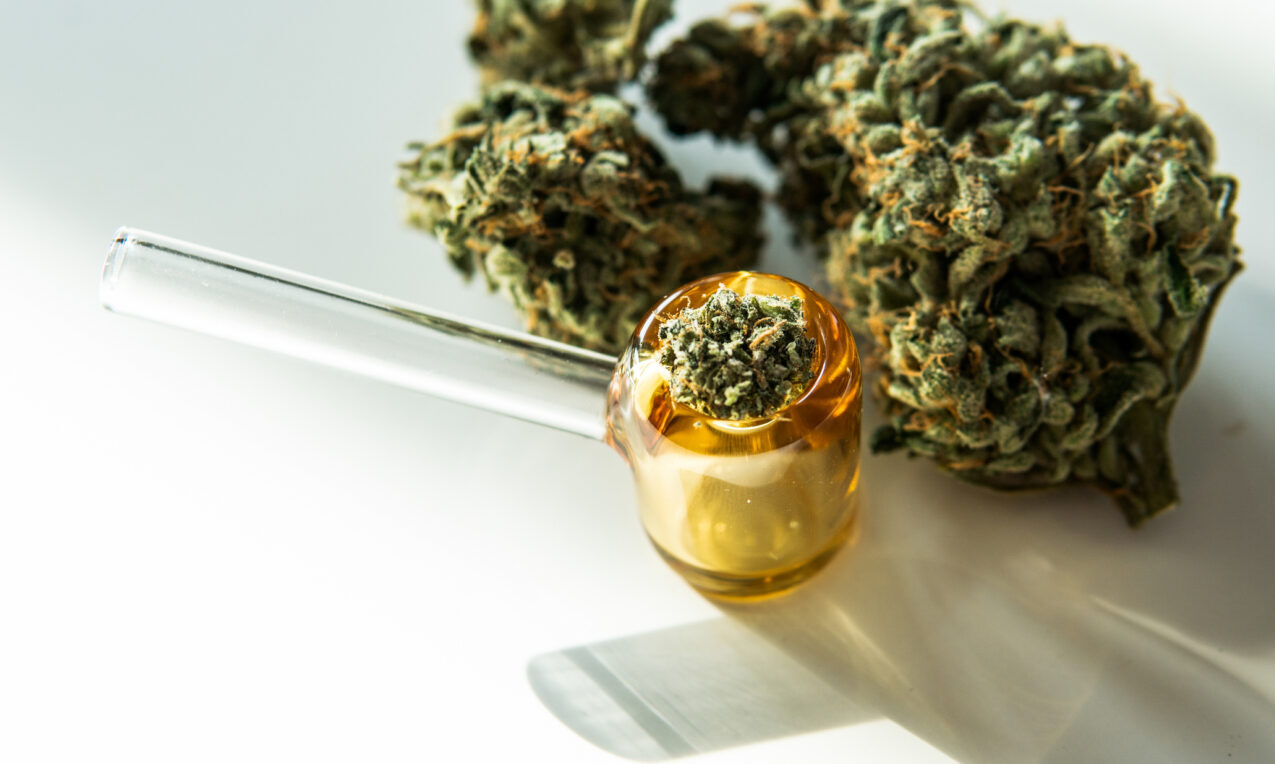
Of course, there is still a lot about cannabis and cannabinoids we don’t know – however comparing cannabis to tobacco is not an “Apples to Apples” comparison. They are wildly different drugs and commercial tobacco is different than natural tobacco mainly due to the industrial pesticides – some of which are radioactive!
There is a possibility of “Commercial Cannabis” going that route, especially with Wall Street Cannabis enterprises who like to maximize profits at the expense of everyone and everything else – but within the context of “home grown” or “locally sourced” cannabis, this would not be the case.
Why Capping the Potency of Weed Is a Dumb Idea
In the conclusion of Peg’s opinion piece, there is a call for legislators to cap cannabis potency:
We still do not know the risks of marijuana, though physicians are starting to get a much clearer picture. Chronic vomiting, psychosis, addiction, and increased anxiety and depression follow from the regular use of high-potency marijuana in teenagers.
Legislators on the state and federal levels have an opportunity to make better laws about marijuana than they ever had with tobacco products. They need to cap the potency of pot.
RELATED: High THC Weed: A New Form Of Reefer Madness Or Worth The Panic?
While there are potential risks for some people when it comes to smoking cannabis, the vast majority of users will have no problem. They won’t have an issue with addiction, they won’t start chronically vomiting, they won’t have psychosis (other than temporary induced psychosis aka being high), and in fact, would reduce their depression and anxiety.
Bringing up teenagers is a classic “Won’t anyone think about the children!” argument. This argument believes that by “capping the freedoms of adults, we can deter children from consuming,” which is an idiotic idea.
If this was true, then the outright prohibition of cannabis should have completely stopped kids from smoking weed…except, it didn’t, and in fact possibly more kids started doing other drugs as a result from prohibition since the illicit market cares not for what you buy, as long as you buy it.
Secondly, by capping cannabis in your state, you make high-potency products a highly sought after commodity that now has an inflated value due to the artificial scarcity created by the regulations. All this means is that now, instead of having high-potency products in stores that are 100% compliant with marijuana laws – you’ll instead put them in the hands of illicit vendors who don’t pay tax and can mark up the product significantly more.
Since they are vape cartridges, you can store more of it while taking up less space. Every other market that has higher potency products, will now have people incentivized to purchase these products in other markets, drive a few hours, and sell them at a higher price in an unregulated manner.
If we’re talking about “smart ideas” — capping cannabis ain’t one of them.
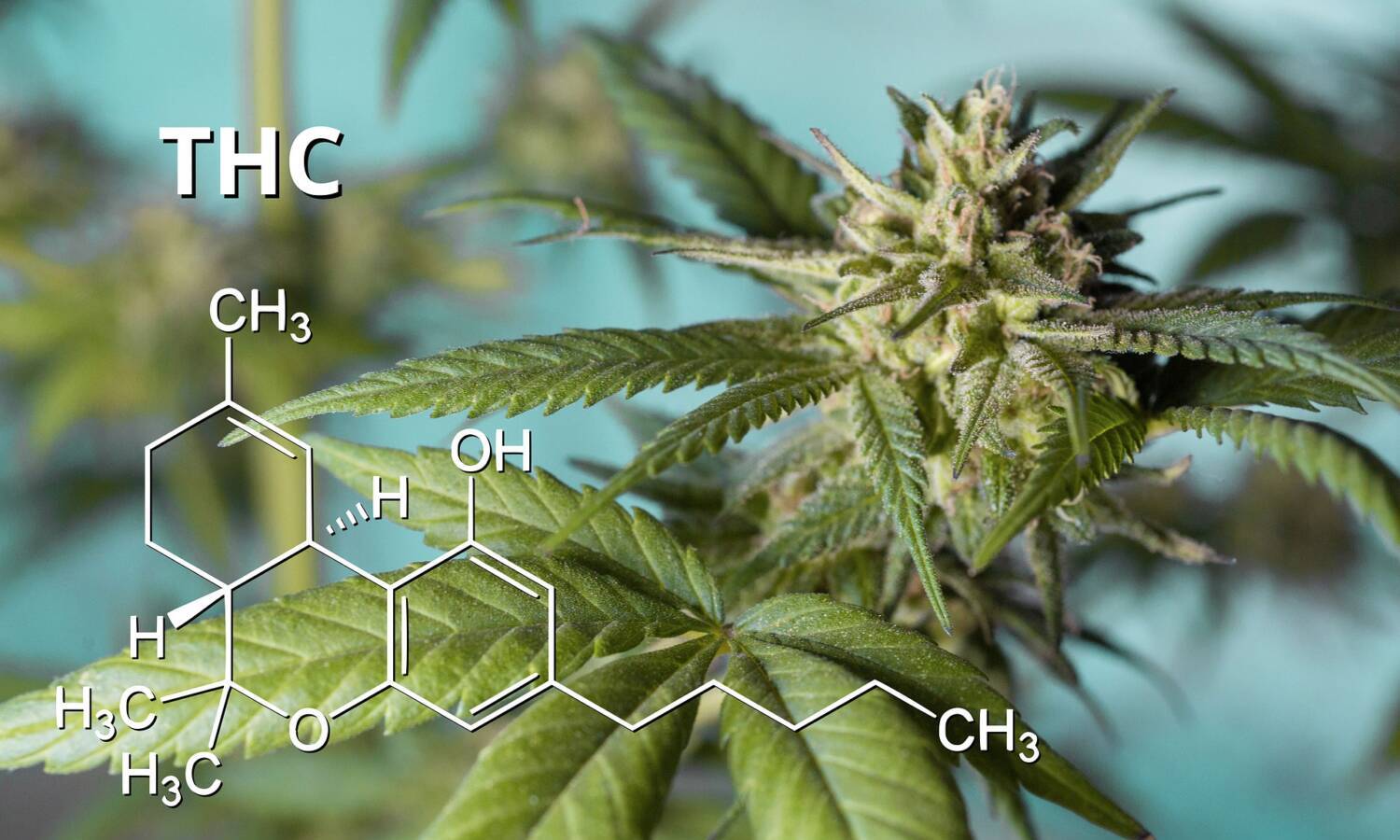
The Actual Solution
In order to find the solution, you need to first identify the problem. Unfortunately, Peg only managed to identify a “symptom” of the problem, and failed to see the root of the problem.
And what is the root of the problem?
Simple — drug education!
Since the 70s, governments around the world have been banging on the “DON’T DO DRUGS!” while subsidizing the pharmaceutical industry that drugged you and your kids for record profits. Instead of suggesting physical activity, the pharmaceutical industry incentivized physicians to prescribe you Ritalin (a related drug to methamphetamines), they gave you opioids to treat sprained ankles, etc.
More people die each year from the pharmaceutical industry than all illicit drug overdoses combined.
The problem isn’t “putting a cap” on anything. It’s about growing up and becoming mature about our drug use. To recognize that it’s a fundamental part of the human experience and that with the proper set and setting, you can enjoy drugs and have immense benefit in your life.
What Peg is actually suggesting is to “transform prohibition”, to “modify it, yet remains faithful as a prohibitionist.
But then again, her PhD is related to “philosophy and gender, women and sexuality studies at Gustavus Adolphus College in St. Peter, Minnesota.”
In other words, she knows absolutely nothing about cannabis, cannabis laws, cannabis policy, the user experience etc. Yet for some reason, she was merited an opinion piece in USA Today.

